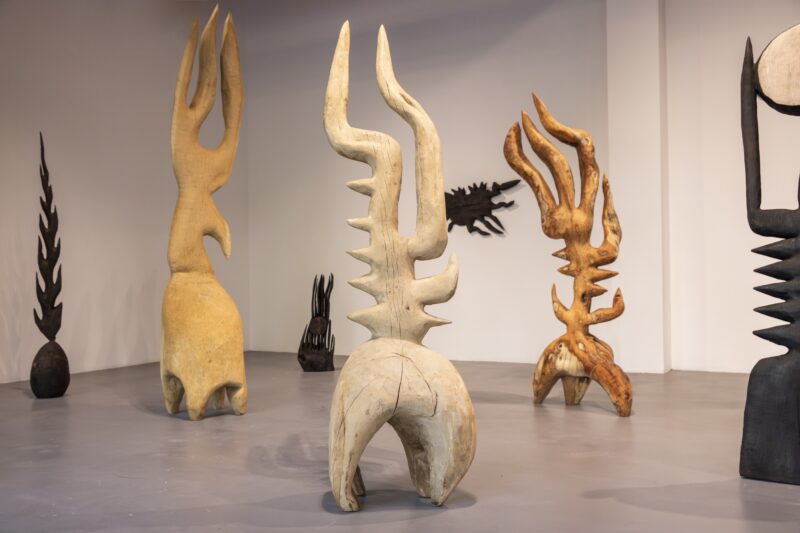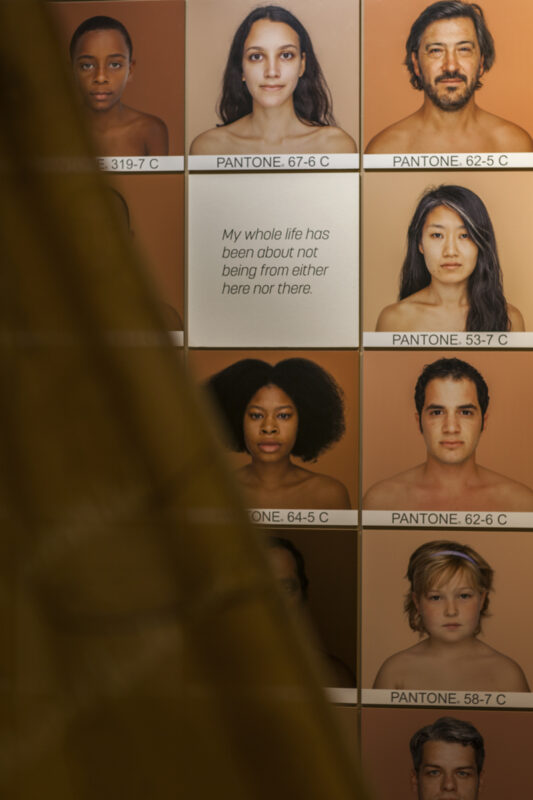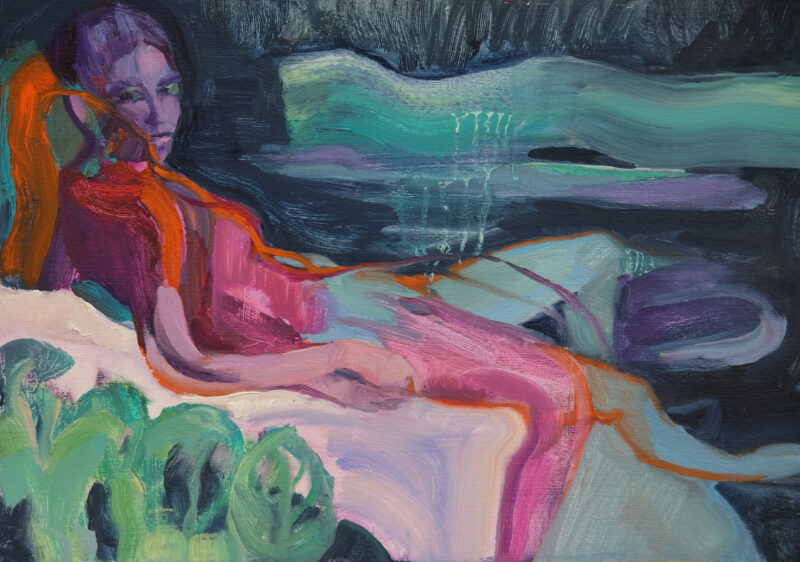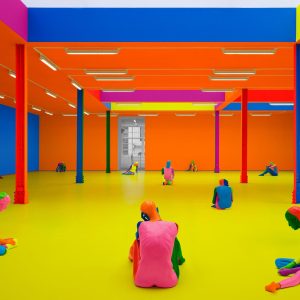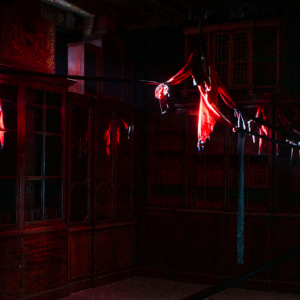Tabish Khan loves art and visits hundreds of exhibitions a year. Normally this column is about pointing out failings but given the difficult times the world, including art, is going through it’s time to focus on the positives.
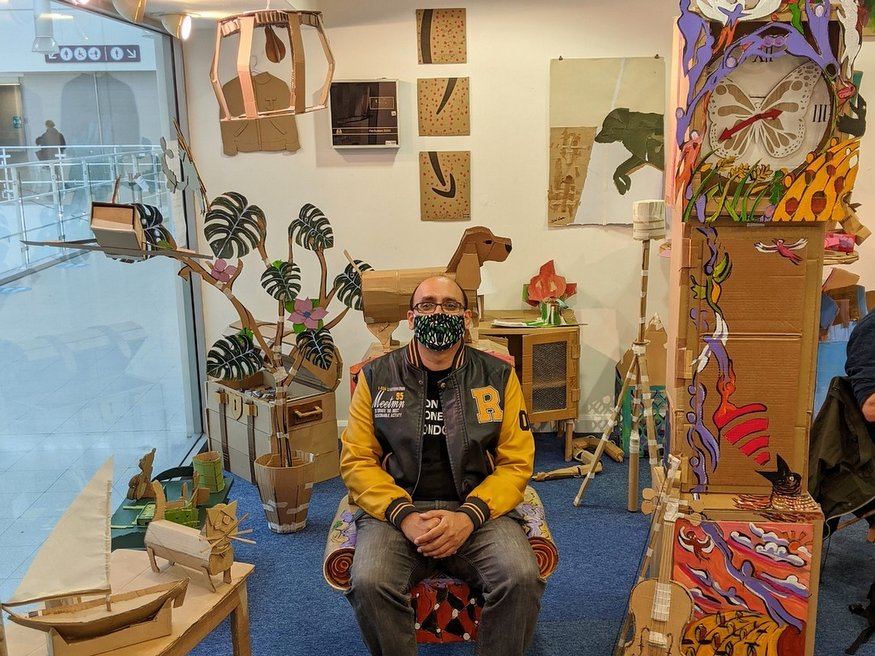
“Life … finds a way” is the famous quote from Jeff Goldblum in Jurassic Park and I feel like art is the same. Gallery rents may be as high as they’ve ever been, the pandemic is wreaking havoc with schedules and yet art is finding a way to make itself seen and to inspire others. All this without any need for velociraptors in the kitchen … though I wouldn’t put it past a conceptual artist to recreate that scene.
For this column I want to focus on how smaller museums and emerging artists are finding a way to make exhibitions accessible to the public.
Shopping centres
The impressive Migration Museum has migrated itself and moved into Lewisham shopping centre and Rod Kitson has taken over a unit in Surrey Quays shopping centre to display a range of artists.
Both have been affected by lockdowns but it still stands that even in a post-pandemic world that art and shopping centres is a good match. Shopping centres, like the high street, have been struggling even before this annus horribilis so it stands to reason that they are likely to have units they can rent out at a low cost.
Plus shopping centres want people to come to them and museums and galleries can make for destinations people will want to visit.
As for the exhibitions themselves they are likely to get a lot of foot traffic from those shopping around and thus reach a large audience.
There is one downside that it’s not a great place for selling high end art as it’s unlikely someone who just spent £3.99 at Boots is then going to put up £1,000 for a painting but it can work well for smaller more affordable works, and for non-selling shows.
Blockbuster exhibitions
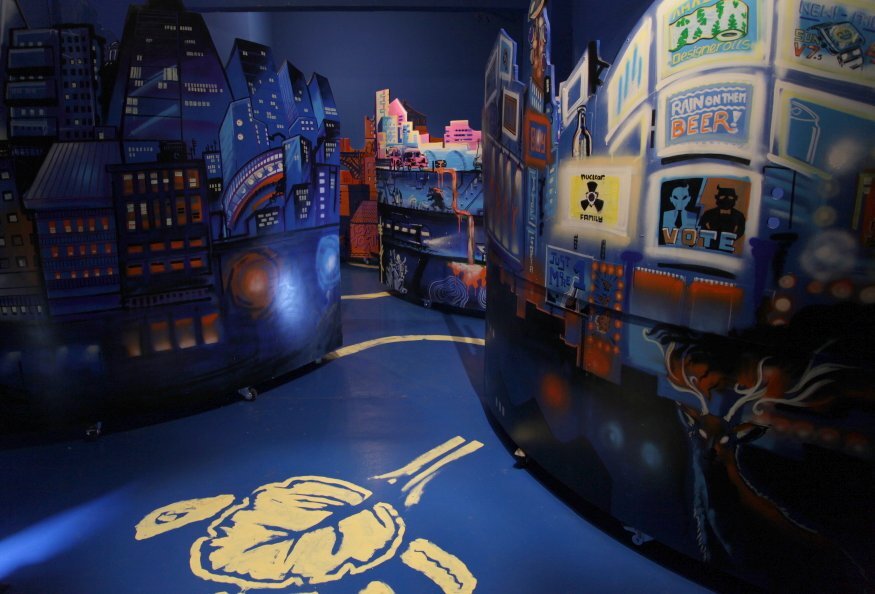
This year I also saw a couple of collectives of emerging artists try out the ticketed exhibition model, showing that’s it not just big institutions that can pull this off.
Given that most are used to seeing exhibitions of emerging and mid-career artists at galleries for free it does require a shift of mindset. However, exhibitions are expensive feats to pull off so when there is a significant cost to putting it together it stands to reason the artists should be able to recoup these costs via ticket sales.
We had Mars & Beyond, curated by Oskar Krajewski, that imagined a future where we’ve all moved to Mars and was set out across the multiple floors of the Oxo Bargehouse building. And Terra Nexus, curated by Gabriella Sonnabend, which was a maze of different artist worlds in Proposition Studios in South London.
Online exhibitions
Online exhibitions have been around for some time but now is their time to shine in a world of cycling lockdowns. The bigger galleries may be old hands at it but it’s been great to see collectives and even individual artists realising they can put on their own shows and the tools to make it happen, such as Kunstmatrix, are inexpensive and relatively easy to use.
Will art keep finding a way?
Now there’s no question this is a difficult time for artists, galleries and museums and many are going to lose out due to closures, lost jobs, sales and revenue from the pandemic – this shouldn’t be understated, and I have massive sympathies for all those impacted.
However, art does find a way to get itself seen, even in a world where we’re confined to our local areas. That alone should give us hope for the future of art. We’ll just have to wait and see what it looks like – hold on to your butts!
For more in this series, see my thoughts on art being free, Online exhibitions, Turner Prize 2019, artist’s request for feedback, the reaction to the shredded Banksy, #FriezeWeek, Blockchain hype, Finding art, Private views, Art itself, Appointment only exhibitions, Artificial Intelligence replacing artists, Everyone’s a Critic, Photo London, The Turner Prize, Art for art’s sake, Conceptual art is complicated, Condo, How performance art is presented in museums, Frieze week floozies, too much respect for an artist’s legacy, opinions not being welcome, an exhibition across three countries, tackling race and gender in art, artist-curators, art fair hype, top 5s and top 10s, our political art is terrible, gap left by Brian Sewell, how art never learned from the Simpsons, why artspeak won’t die, so-called reviews, bad reviews are bad for business, the $179m dollar headline, art fairs appealing to the masses, false opening hours, size matters and what’s wrong with video art.
